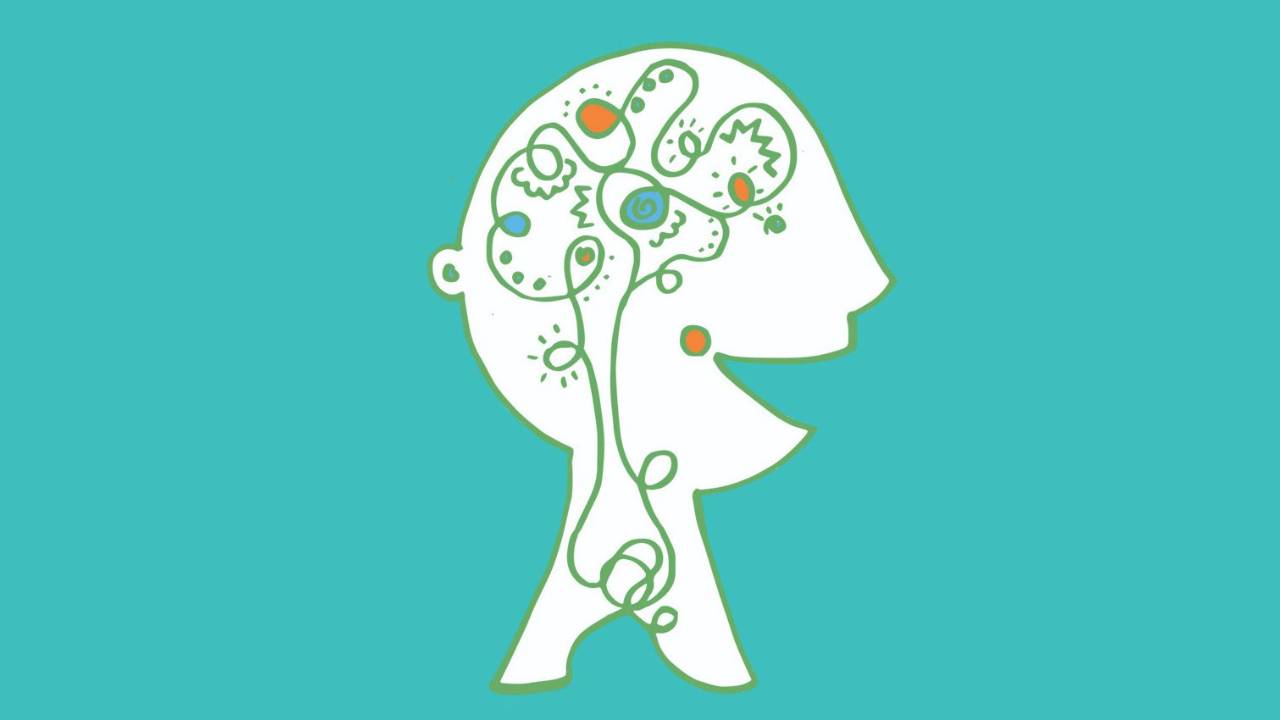Making Meaningful Adjustments to Reading Instruction
Mar 14, 2022
As educators, we’ve all had particular students that have stumped our teaching repertoire. The current strategies, techniques, and curriculum are not working and it's difficult to know where to go next. This is what happened to me with second-grader, Jaida.
Uncovering a New Student
Jaida is a friendly, kind, and energetic student who is currently reading below grade level. She is struggling to access the second-grade curriculum due to reading delays. She is a bilingual learner who repeated in K1 because of social-emotional concerns. Jaida had been receiving RTI in first grade and was evaluated with an outside provider this fall due to her mother's concerns about academics. I found myself with an evaluation, a new student on my caseload, and I was unsure about where to start with her.
Sometimes being a teacher is a little like being a detective. I needed to analyze her evaluation scores and perform my own assessments in order to ensure she was receiving exactly what she needed to make progress. Jaida and I began working together in a small group 3 times a week for thirty minutes in the middle of October. I decided to start with a structured literacy routine using decodable books and hone in on accuracy when reading.
January came around and Jaida and I had settled into a routine. However, when the school assessed students in the DIBELS middle of the year benchmark I was shocked to see that Jaida still scored in the well below/intensive range. She had made progress but it was not enough to close the gap. As a teacher, this was very disheartening and it left me feeling like I wasn’t doing enough for her.

Alterable Variables: What’s Next When Progress Has Stalled?
This is where we have the choice to dig for more clues about the student’s profile in order to adjust instruction. What was I missing and what could I change? I then found the University of Oregon’s Center on Teaching and Learning’s Alterable Variables Chart (see modified chart below) The chart broke down the different ways teachers could shift their institution in order to maximize their efforts with a student. This is exactly what I needed to do with Jaida.
*This chart has been modified by Crafting Minds
Instruction can be adjusted in 4 major ways: grouping, intensity, curriculum efficacy, and program implementation. The chart moves from left to right in terms of the intensity at which you can change the instruction. Some changes are small and can be adjusted moments before instruction with a student. Other changes require more action from teachers, administrators, and families and are designed to streamline collaboration between a team.
Practical Adjustments to Instruction
After referencing the chart, I spent some time thinking about Jaida’s profile and her current DIBELS scores. I knew I needed to analyze and adjust the curriculum efficacy as well as the intensity of her programming. Jaida had made improvements in her reading accuracy, however, she was still struggling with her fluency, which was the piece that was reflected in her low DIBELS middle of the year benchmark scores. There were two areas I found to be weaknesses:
Curriculum Efficiency: I decided to increase Jaida’s opportunities to practice and read connected text. During our instructional sessions, we would often run out of time or only spend 10 of our 50 minutes reading sentences, passages, and stories. I increased the proportion of time to 30% of every lesson. I also incorporated fluency drills into Jaida’s programming to increase her recognition of high-frequency words and word parts. These drills came in various forms including One Minute PA Routines from Equipped for Reading Success and RAN charts with phrases.
Program Implementation: My sessions with Jaida were scheduled for first thing in the morning but she was often late and would miss ten minutes of each lesson. I moved her session to the end of the day and in one week she had received an additional 50 minutes of instructional time.
Now we are in March and Jaida is currently on her DIBELS aimline for ORF and is trending upward toward her end of the year goal. Teaching can be a bit like a scavenger hunt and we are constantly being asked to uncover the treasures within a student. Yet, deciphering a student’s learning needs requires reliable assessments, use of ongoing progress monitoring, and opportunities to evaluate growth and formulate adjustments to instruction.
KRISTEN FRATTAROLI, M.S. Ed, Consultant
Kristen is a special education teacher who has concentrated her studies and instructional practices on students with language-based learning disabilities. For the last three years, Ms. Frattaroli has been working at Bridge Boston Charter School, as a special education teacher for first and second graders. She has spearheaded and served on the school's literacy task force to analyze, critique, and recommend literacy programming and curriculum to create a full-service literacy program.
Stay connected with news and updates!
Join our mailing list to receive the latest news and updates from our team.
Don't worry, your information will not be shared.
We hate SPAM. We will never sell your information, for any reason.


